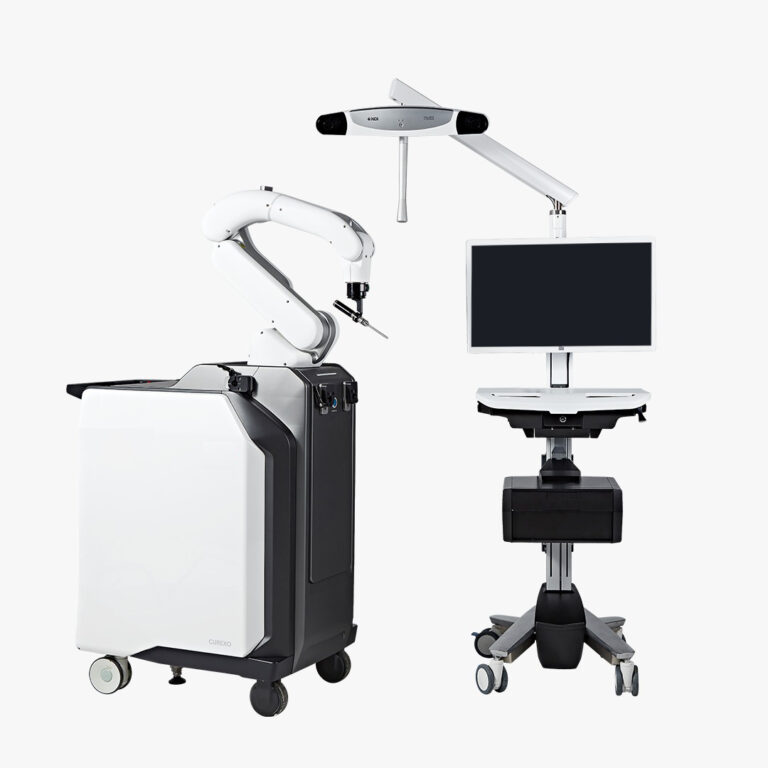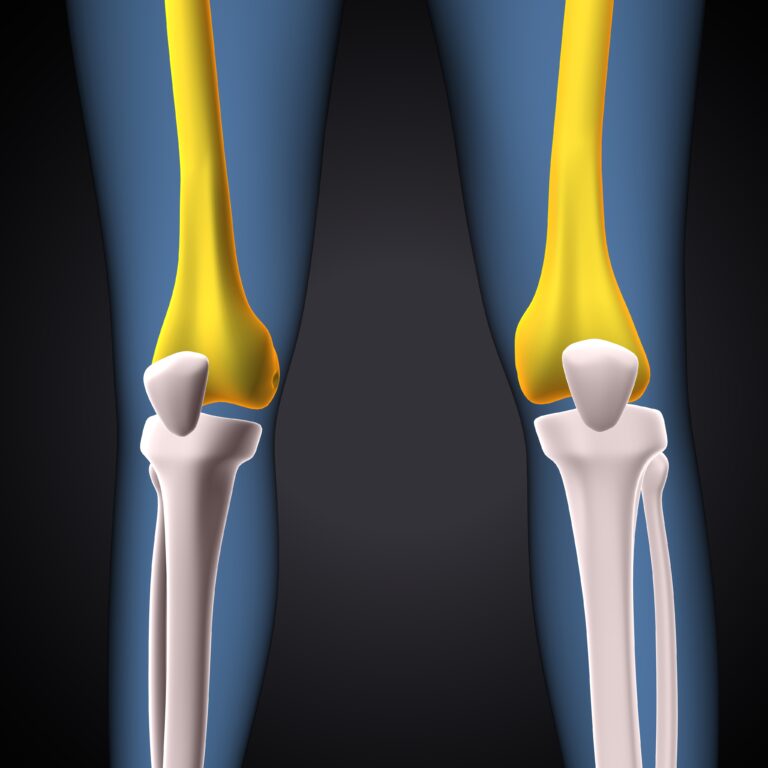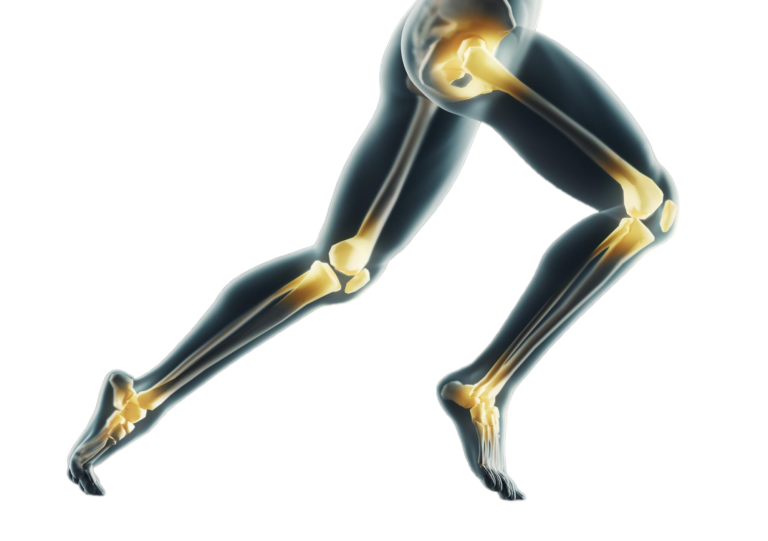
Chronic back pain is a prevalent condition among women, often resulting from factors like poor posture, muscle strain, degenerative disc disease, or underlying medical conditions such as osteoporosis or fibromyalgia. Hormonal changes during pregnancy and menopause can also contribute to back pain. This persistent condition can significantly impact daily activities, emotional well-being, and quality of life. Addressing it requires a combination of medical interventions, lifestyle changes, and preventive care to achieve effective and lasting relief.
Overview: Chronic back pain is prevalent in women, often linked to hormonal fluctuations, pregnancy, and various lifestyle factors. It may manifest as persistent discomfort in the lower back, neck, or spine. Women are particularly susceptible due to their anatomy and the hormonal changes that occur during menopause and pregnancy. Heavy lifting, poor posture, and sedentary behaviour also contribute to back pain. As a result, effective management is crucial for maintaining a healthy lifestyle and reducing limitations in daily activities.
Potential Risks and Complications
- Reduced Mobility and Quality of Life: Chronic pain can lead to decreased activity levels, affecting physical fitness and mental health.
- Progression to More Severe Conditions: Untreated back pain may worsen over time, potentially leading to nerve damage or conditions like sciatica.
- Dependence on Pain Medications: Long-term use of painkillers without proper medical supervision can result in dependency or side effects.
Understanding the Recovery Process
- Accurate Diagnosis: Recovery begins with identifying the root cause through imaging and physical assessments.
- Therapeutic Interventions: Physical therapy, medications, or minimally invasive procedures are employed to manage symptoms and restore function.
- Lifestyle Adjustments: Incorporating ergonomic changes, regular exercises, and stress management techniques supports long-term recovery.
Factors Influencing Outcomes
- Age and Health Status: Younger women and those with better overall health typically recover more quickly.
- Severity of Condition: Chronic pain stemming from severe conditions like herniated discs may require prolonged treatment.
- Adherence to Treatment Plans: Commitment to prescribed therapies and recommended lifestyle changes plays a crucial role in achieving recovery.
- Mental Health Support: Addressing anxiety or depression associated with chronic pain improves recovery outcomes.
Informed Decision-Making
- Exploring Treatment Options: Women should understand both non-invasive and surgical treatments to choose the most suitable approach.
- Collaborative Care: Open communication with healthcare providers helps align treatment plans with individual needs and expectations.
- Preventive Measures: Awareness of triggers and preventive strategies, such as maintaining a healthy weight and practicing good posture, supports long-term relief.
Key Takeaway
Managing chronic back pain in women requires a multi-faceted approach that includes accurate diagnosis, effective treatments, and preventive strategies. Tailoring care to individual needs and adopting a proactive, informed approach can alleviate pain, improve mobility, and enhance overall quality of life.
Disclaimer
This information is for educational purposes only and is not intended as a substitute for professional medical advice, diagnosis, or treatment. Always seek the advice of a qualified healthcare provider with any questions you may have regarding your medical condition.



